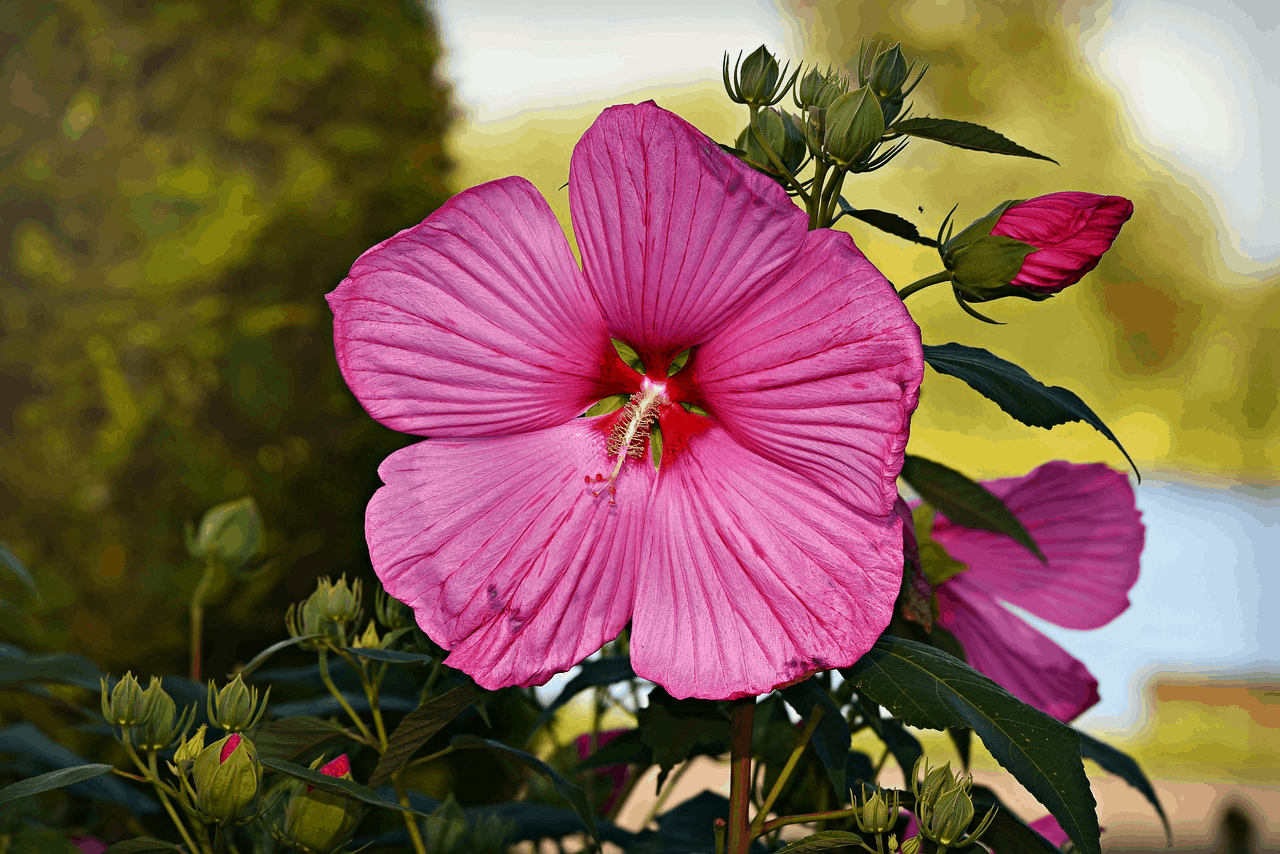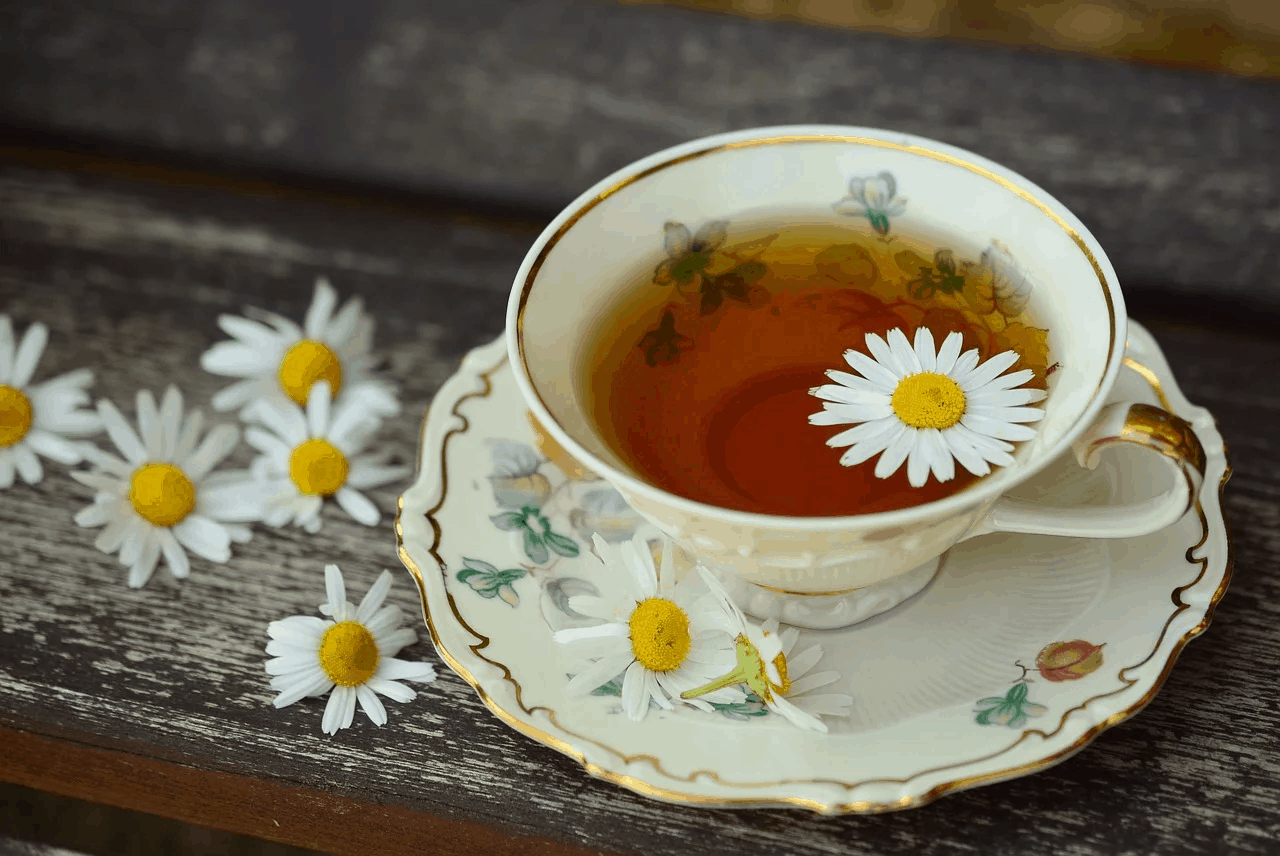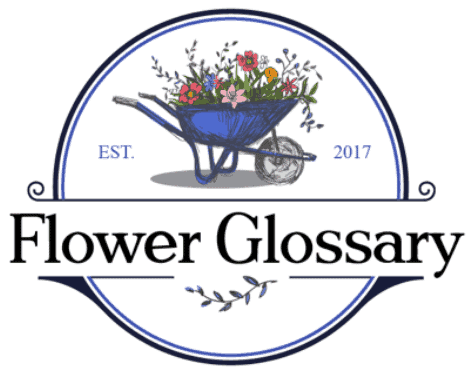Flower Glossary is reader-supported. When you buy through links on our site, we may earn an affiliate commission.
We’ve used flowers for centuries to create oils, teas, medicines, cakes, and treats. While this hasn’t been as common in modern western culture, we are seeing a resurgence of edible flowers.
Not all flowers are edible, and it’s important to carefully source the ones that are. Despite this, there are many benefits of flowers in your diet. In fact, there are enough tasty flowers to consider growing an edible flower garden. If you’d like to add edible flowers to your diet, consider these nine healthy blooms.
Table of Contents
Why Are Edible Flowers Popular?
Edible flowers have been in and out of popularity for centuries. Their history dates back to one of the oldest civilizations of humans. The oldest known accounts of medicinal flowers come from five-thousand-year-old Sumerian clay tablets.
While this may be the oldest record, cultures around the world and throughout time have used medicinal flowers. Today, our study of the chemical properties of medicinal plants and flowers has yielded many medicines. In many cases, modern medicine replicates the chemical makeup of these plants.
This is one of the reasons edible flowers have become popular once again. Many people are avoiding the overuse of chemical products, and understand that plants can be just as beneficial, if not more so.
Another driver of this trend is the constant need for change in the culinary industry. Boutique gins are now made from ‘botanicals’. Bartenders add flowers to cocktails for that extra touch of charm.
Sweet edible flowers top trendy restaurant salads for a unique flavor and pops of color. In many ways, it is on par with the trend of “going green” or “going natural.” You almost have to wonder which came first.
If you’d like to try this trend, we’ve curated nine of the tastiest flowers with health benefits to add to your diet.
Best Edible Flowers To Grow
We’ve used flowers for health and food for centuries. It’s a testament to their plentiful benefits. While plants and flowers have evolved over time, they still offer many benefits today. Take a look at these nine healthy flowers and consider growing edible flowers in your own garden.
Edible Hibiscus

Hibiscus is one of the most commonly used edible flowers and is found in drinks, teas, relish, jam, syrups, and kombucha. It may also be used as a garnish in salads, entrees, cakes, and so much more.
Edible tropical flowers like hibiscus are found in a wide range of colors, including red, white, yellow, and several shades of pink. You can eat the blooms straight from the plant if it is grown without pesticides. The flavor is quite sweet as well as tart, almost like cranberry, which is why it is most often used for teas.
Most popular edible variety of hibiscus: Roselle (Hibiscus Sabdariffa)
Health benefits: reduces blood pressure and cholesterol, and supports heart health.
Edible Dandelion
Dandelions may be a stubborn garden weed, but they are highly nutritious. Packed with antioxidants, you can eat these bright yellow flowers in their entirety: leaves stems, roots, and flower heads.
Common options include eating them raw, adding them to salads, or brewing them into a tea. Modern cooks have also come up with other, more interesting methods.
Ways to eat dandelions: as dandelion wine, syrup, cordial, raw, in a stew or casserole, in salad, tea, or jelly. You can also bread and fry them, though this is more likely to be seen in a fancy restaurant than at home.
Health benefits of dandelions: a good source of antioxidants, dandelions reduce cholesterol, regulate blood sugar, reduce blood pressure and inflammation, boost your immune system, reduce risk of cancer, and aid digestion and skin complexion.
Edible Lavender
Most people enjoy lavender’s scent and calming qualities. It’s often used for beauty products, baby skincare products, as a fragrance in perfumes, and as a sleep aid in teas. However, the use of lavender doesn’t stop there.
Lavender’s sweet aroma pairs nicely with citrus fruits, chocolate, rosemary, sage, and thyme. The flower is often added to baked goods, either as a flower garnish or flavoring. Infused syrups, liqueurs, teas, and spice rubs are also made with lavender.
Health benefits of lavender: good source of vitamin A, gentle sleep aid, stress relief, aids the digestive system.
Edible Pansies
Pansies aren’t often considered on lists of edible flowers, but they really should be. Not only are they beautiful to add dishes (especially since they come in many colors), they are also very tasty. Their flavor is very mild, though it does vary based on the type of pansy. Some varieties have a very earthy, or even minty flavor.
They’re a great addition to fruit salads, summer cocktails, savory snacks, or sugary treats. If you coat them in egg whites and sugar, they have the potential to keep for several months.
Pansies edible flowers also used for: pastries, cakes, cookies, as a garnish, in salad, on cheese logs.
Health benefits of pansies: rich source of antioxidants, reduce inflammation, high source of vitamin C, relief for eczema, hives, and itching, asthma, bronchitis, whooping cough, and congestion. Also eliminate certain bladder infections, to treat epilepsy, and alleviate symptoms of arthritis and rheumatism.
Edible Chamomile

Chamomile is often used in teas, mostly for its calming abilities. It’s great for easing anxiety or aiding sleep. These delicate, daisy-like flowers, with their earthy, sweet flavor, have many benefits. But they’re not as easy to cook with as other edible plants. First, you should boil the flowers in a liquid to make syrups or extracts for use in baked goods and smoothies.
Health benefits of chamomile: ease your digestive system and stress, and aid sleep. Also a good source of vitamin A. It is also said to reduce menstrual pain, treat diabetes and lower blood sugar, slow or prevent osteoporosis, reduce inflammation, treat and prevent cancer, treat colds and aid with skin conditions.
Edible Calendula
Calendula, also known as the “poor man’s saffron” or pot marigold, has the taste of saffron when sauteed in olive oil. This spicy flower is great for deviled eggs, salads, breads, herbed butters, cheese spreads, and soups. It’s easy to grow from seed in your garden, and will bloom from early summer to late fall.
Cautions when consuming calendula: Don’t consume calendula if pregnant. It may cause extreme drowsiness if taken with allergy medications.
Health benefits of calendula: full of antioxidants and vitamin A, can keep your skin healthy and your eyes functioning properly. A salve made from the flowers is commonly used to help heal minor skin irritations and abrasions
Edible Roses
Like pansies, eating roses isn’t a very common thing. Yet throughout time, people have eaten roses, They’re also added to baths and fountains for freshening up. Their flavor is rather fruity, like strawberries and green apples. This makes them great in teas, jams, salads, and desserts.
Some people freeze them in ice cubes to add to lemonades, sangrias, and punches. They’re also an elegant garnish on ice cream or desserts. No matter how you eat them, they are a great and healthy addition to your diet.
Health benefits of eating roses: contains vitamin A and E, treats digestive issues and menstrual disorders, calming for skin and can reduce inflammation.
Edible Sage Flowers
Sage flowers are unique in that they taste of both sweet and savory flavors. Because of this, they pair well with lemon and other garden herbs. They are often used to make herbed vinegar, tea, or floral food decorations. There are many varieties of sage, but the most common one used is garden sage. While most people avoid the flowers, they are just as beneficial as the rest of the plant.
Health benefits of Sage Flowers: may help promote brain health, including strengthening memory. Also a source of vitamin B, calcium, manganese, vitamin K, Iron, and more. Sage may also help with oral issues, ease menopause symptoms, reduce blood sugar levels, lower bad cholesterol, and help prevent cancer.
Edible Mint Flowers

Most people don’t know that mint grows flowers, but many varieties of mint do. All flowers in the mint family are edible. As a matter of fact, sage also belongs to the mint family. Most people use them for teas, but you may also see mint flowers used in custards, salads, fruit salads, spring rolls, yogurt, and desserts.
Health benefits of mint: a good source of vitamin A, iron, manganese, and folate. Great for eye health, and a potent source of antioxidants. It may also provide relief for irritable bowel syndrome, improve brain function, and decrease breastfeeding pain.
Cautions For Eating Edible Flowers
Not all plants and flowers are edible, but there are many that are. First, you should only eat flowers or the parts of the flowers that can be properly identified as actually edible. Many plants can be confused, and this can prove to be fatal. When in doubt, don’t eat it.
Next, you must be careful when selecting flowers to eat or use in food. Do not eat flowers from a garden center, as those are most often treated with pesticides or fertilizers. This can cause sickness when consumed.
You should also avoid flowers and plants growing on the side of the road. These plants absorb run off from vehicles and chemicals from the asphalt and tar.
Grow edible flowers for salads, teas, cakes, and more in your own garden. There you can control how they are grown. They also won’t be mixed up with other, potentially dangerous flowers.
To learn more about edible plants, medicinal plants, and more, read more at Flower Glossary.
